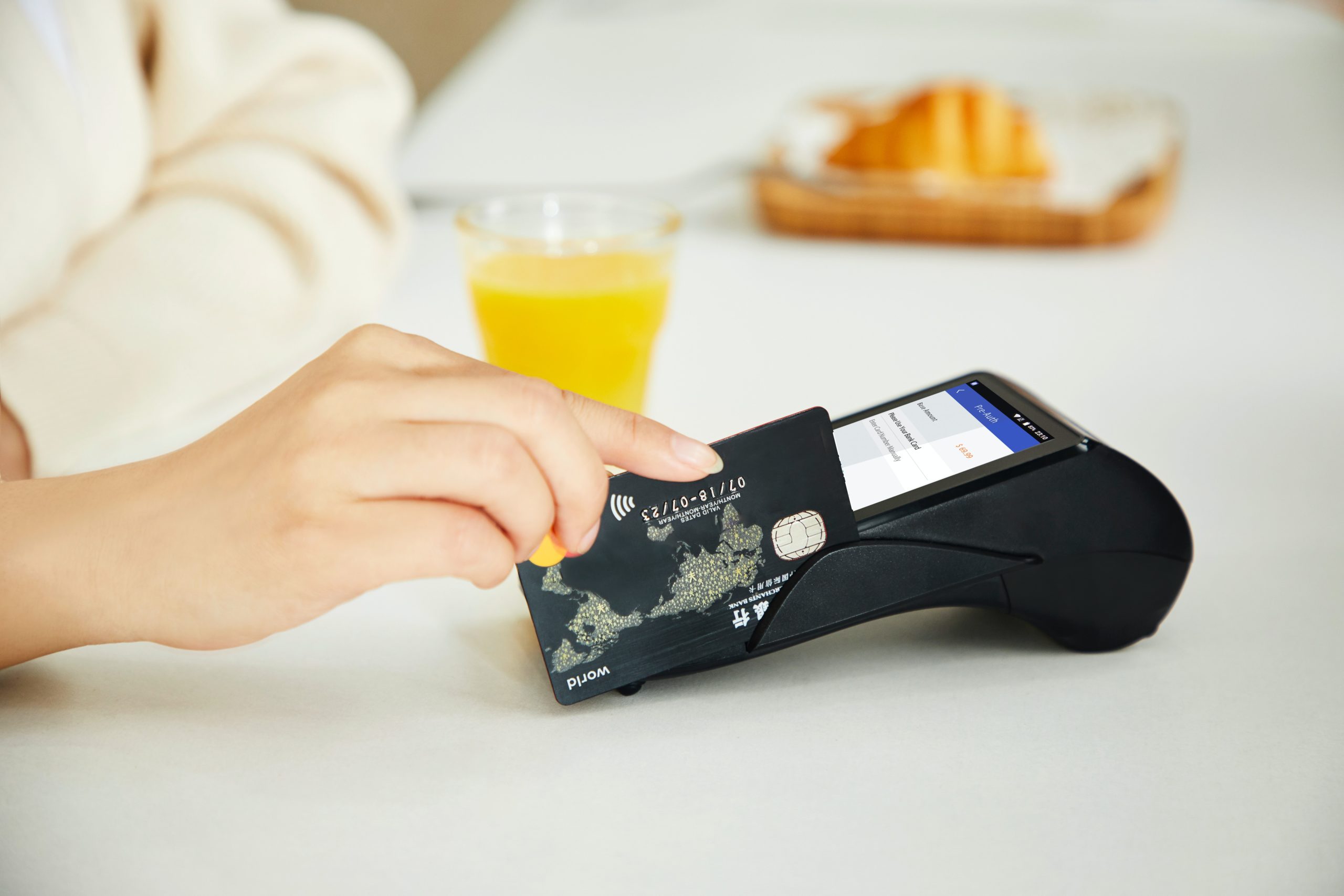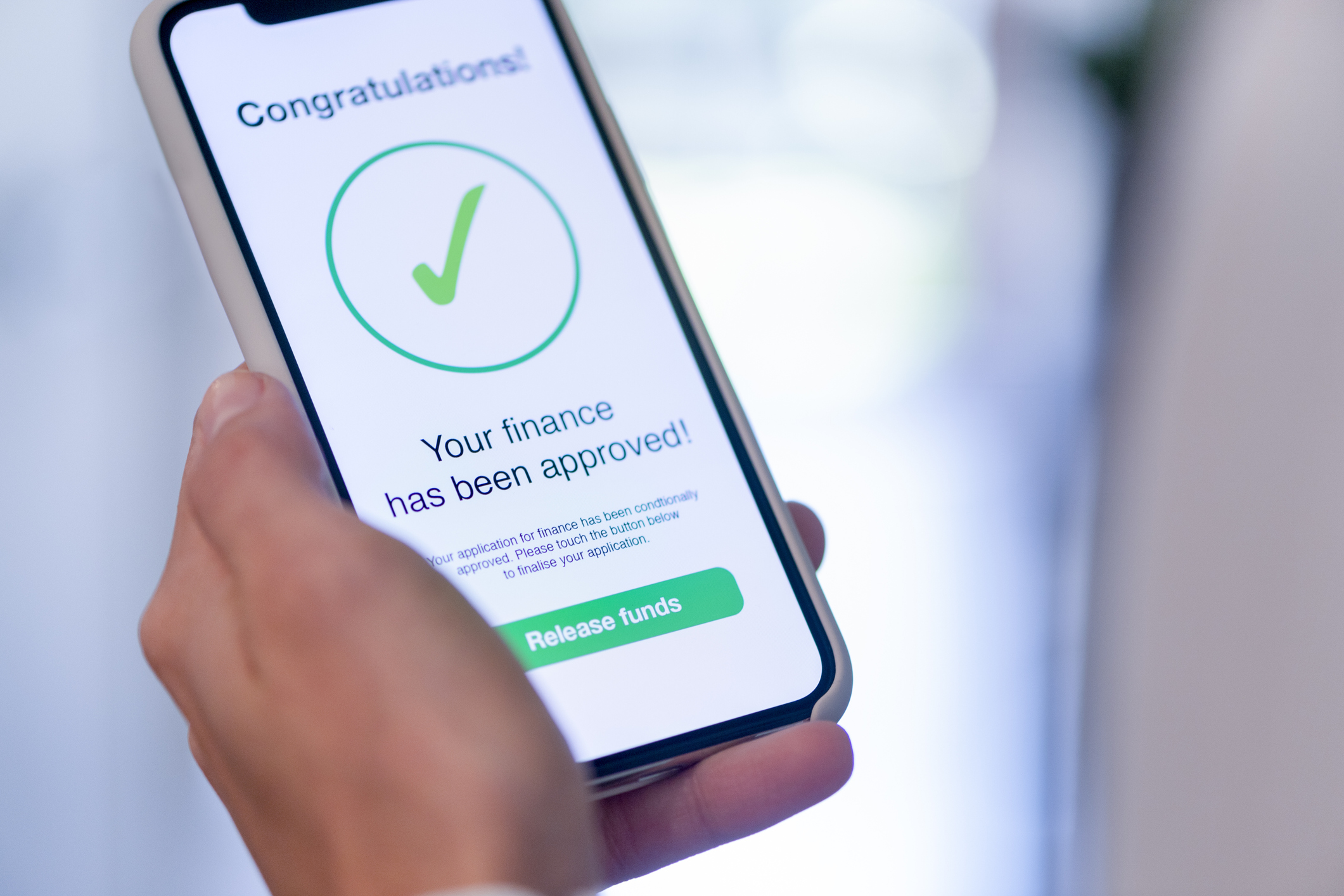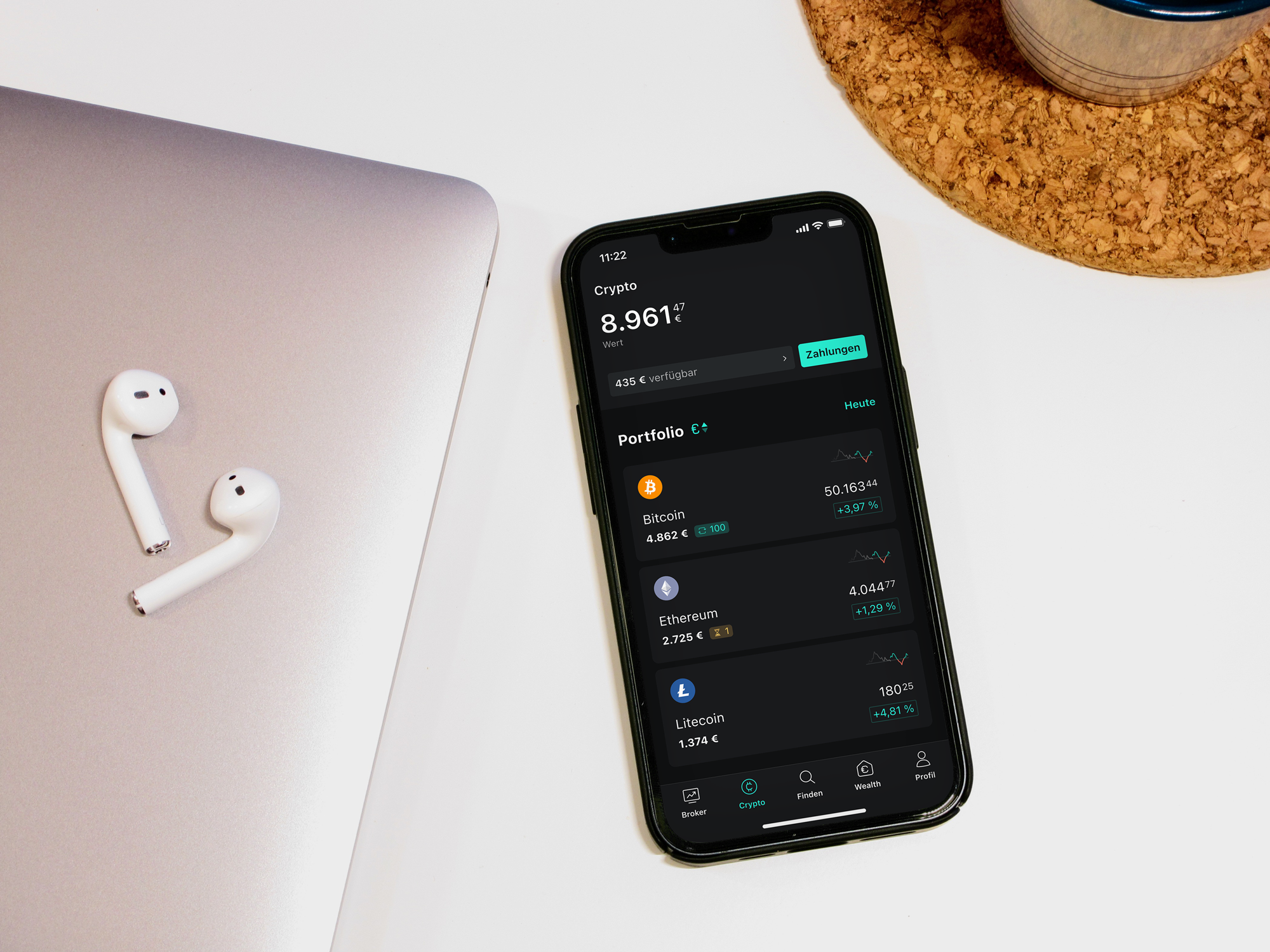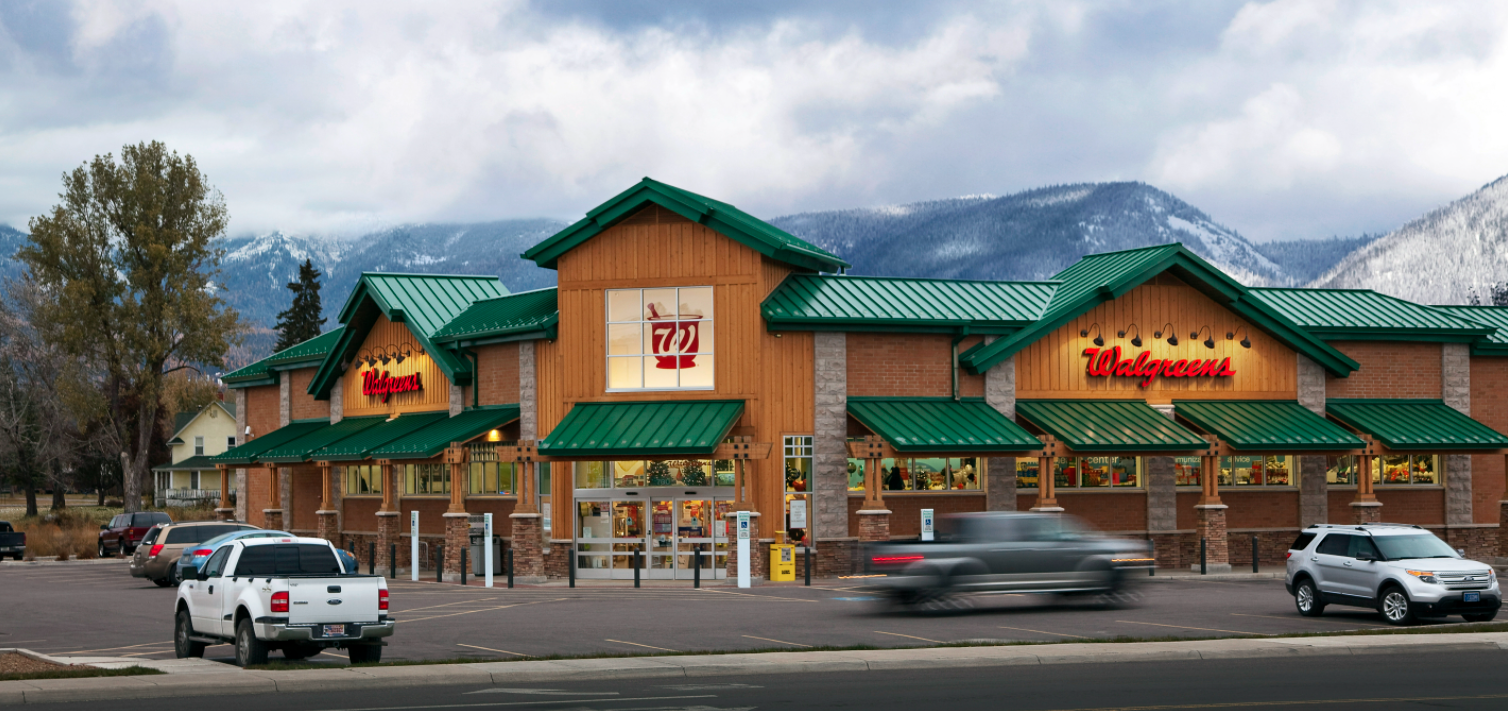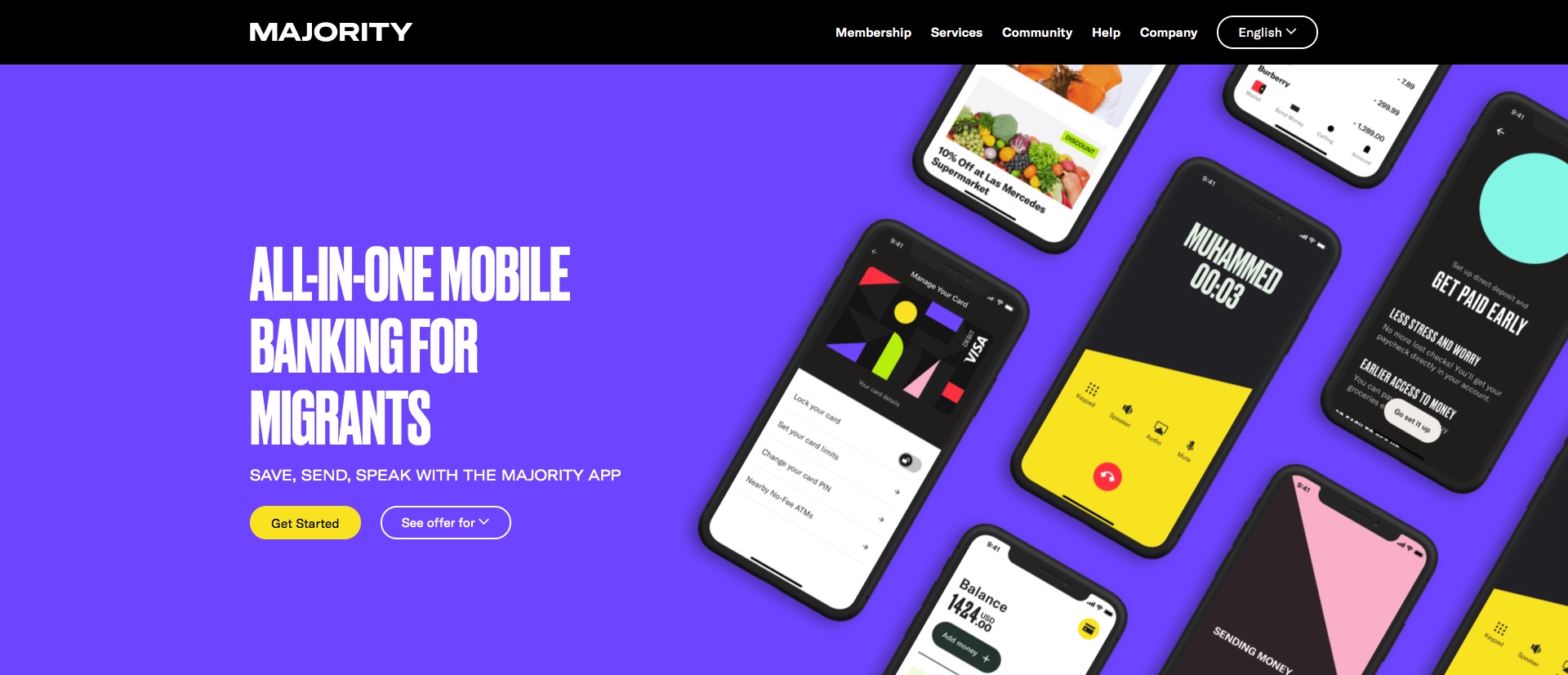
Narrative Science reported on Wednesday that its acquisition by Salesforce – and integration into Saleforce’s Tableau team is complete. First announced last month, the closing of the acquisition this week will combine Narrative Science’s automated data storytelling capabilities with Tableau’s analytics platform.
“Bringing the Narrative Science award-winning, world-leading AI in analytics team and their innovations to Tableau will help us reach millions more people who are underserved with data,” Tableau President and CEO Mark Nelson wrote on the company’s blog this week. “It will help close the data literacy gap, reimagine an entirely new analytics experience, and set people up for success in this digital-first world.”
Salesforce acquired Tableau Software in 2019 in a deal that combined “the world’s #1 CRM with the world’s #1 analytics platform” Tableau announced in a press release that August. The goal of the acquisition was to enable Salesforce customers to “unlock even greater value from their data” using Tableau’s combination of diverse visualization, analytics, and AI. By adding Narrative Science’s data storytelling technology, Tableau and Narrative Science move closer to their shared goal of “making data more available to everyone, everywhere.”
A Finovate alum since 2013, Narrative Science is a leading provider of automated business analytics and natural language communication technology. Founded in 2010 and headquartered in Chicago, Illinois, the company is an innovator in the field of data storytelling. As a strategy for delivering business intelligence, data storytelling transcends both data visualization and static dashboards by translating insights into easy-to-understand stories and giving business users a personalized data digest. The company’s Lexio solution, its latest iteration unveiled in the fall of 2020, serves both businesspeople who require data insights in order to do their jobs, but do not have the time or skills to become data analysts, as well as leaders of analytics teams who need to ensure that insights are accessible to and understandable by employees who can translate them into action.
“Unlike today’s typical BI tools, Lexio anticipates what employees need to know so they can make faster and better data-driven decisions,” Narrative Science co-founder and CEO Stuart Frankel said. “Data without context is useless, and Lexio brings that context and understanding to every single employee in plain language and in a consumer-like experience.”
As of this fall, Narrative Science has raised nearly $43 million in funding from investors including Jump Capital, Sapphire, and Battery Ventures. In October, the company earned a #1 ranking in Crain’s Chicago Business Most Innovative Companies 2021 roster. Over the summer, Narrative Science’s Lexio won the “AI-Based Analytics Innovation Award” at the AI Breakthrough Awards.
Photo by Ej Agumbay from Pexels
